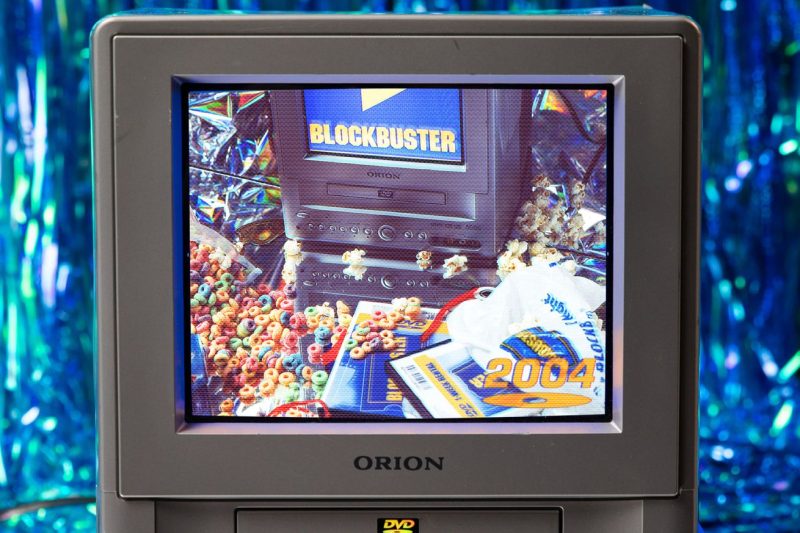Blockbuster Video: Remembering the Rise and Fall
Overview of Blockbuster’s Success:
Blockbuster Video revolutionized the movie rental industry and reshaped the way people enjoyed entertainment at home. Founded in 1985 by David Cook, Blockbuster grew rapidly and became a household name across the United States and internationally. The concept of a brick-and-mortar store offering a vast selection of movies for rent was a game-changer at the time. It provided customers with convenience and choice, allowing them to browse through aisles of DVDs and VHS tapes to find the perfect film for their movie night.
The Success Story:
Blockbuster’s success was built on its extensive movie catalog, convenient rental process, and strategic location of stores in neighborhoods across the country. The company’s revenue soared in the 1990s as it expanded aggressively and dominated the rental market. Blockbuster’s iconic blue and yellow logo became a familiar sight in shopping centers, and its marketing campaigns featuring popular movie characters attracted customers of all ages.
Challenges Faced by Blockbuster:
As the new millennium approached, the rise of online streaming services posed a significant threat to Blockbuster’s traditional business model. Companies like Netflix started offering DVD rentals by mail, providing customers with a convenient way to access movies without leaving their homes. Blockbuster’s reluctance to embrace the digital age and adapt to changing consumer preferences ultimately led to its downfall.
The Downfall of Blockbuster:
In 2004, Blockbuster had the opportunity to acquire Netflix for $50 million but declined the offer, considering it insignificant at the time. This decision proved to be a critical mistake as Netflix evolved into a streaming giant, leaving Blockbuster struggling to compete. The growing popularity of online streaming services, coupled with the convenience of digital downloads and on-demand content, led to a sharp decline in Blockbuster’s revenue and customer base.
Bankruptcy and Legacy:
In 2010, Blockbuster filed for bankruptcy and began closing its remaining stores as the era of digital entertainment took center stage. The once-thriving rental chain that had dominated the industry for decades had become a relic of the past. However, Blockbuster left behind a legacy of nostalgia and fond memories for those who grew up browsing its shelves and renting movies for weekend marathons.
Conclusion:
Blockbuster Video’s rise and fall serve as a cautionary tale of the pace of technological change and the importance of adapting to evolving market dynamics. While Blockbuster may have succumbed to the digital revolution, its legacy lives on in the hearts of movie lovers who fondly remember the excitement of a Friday night trip to the video store. The story of Blockbuster serves as a reminder of the need for businesses to innovate and remain agile in the face of disruptive forces in the ever-changing landscape of the entertainment industry.






















